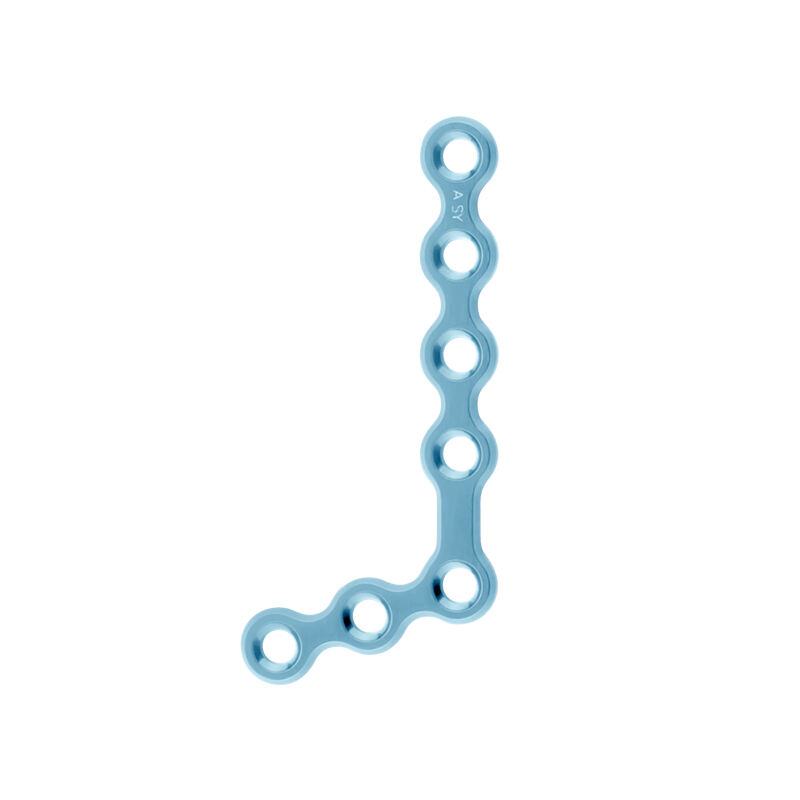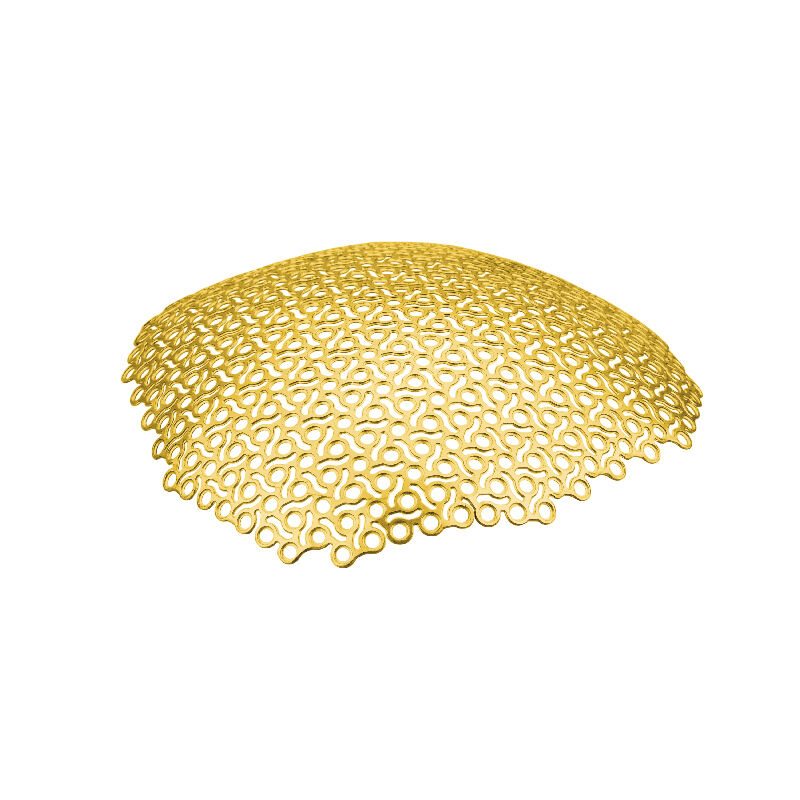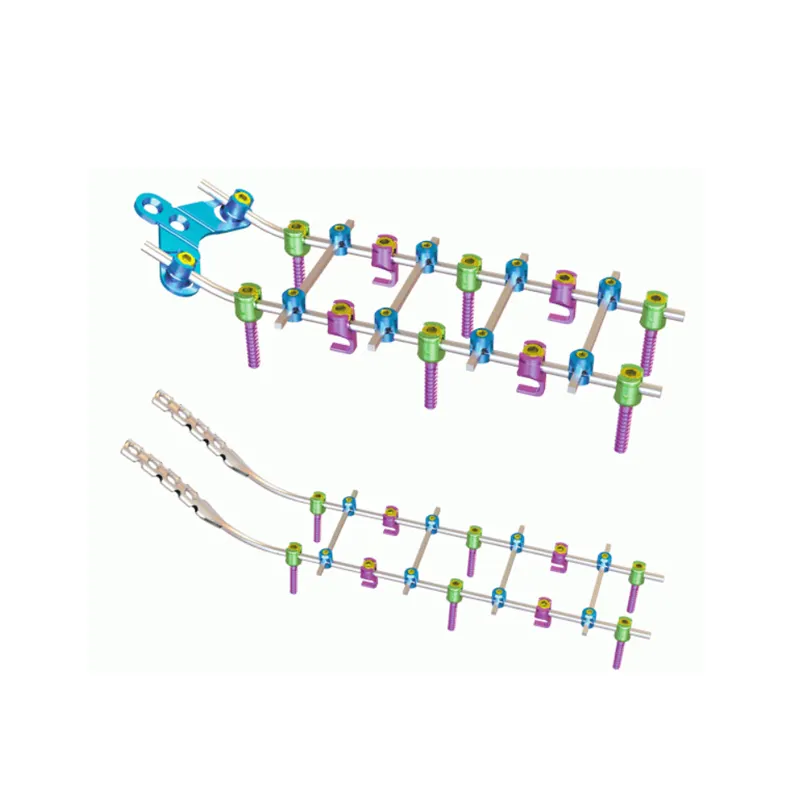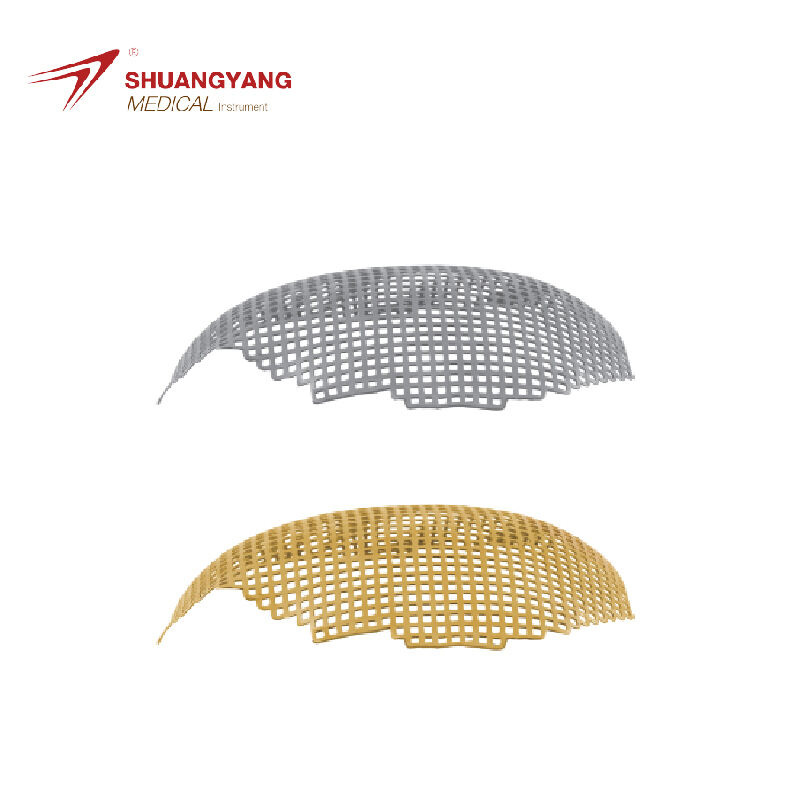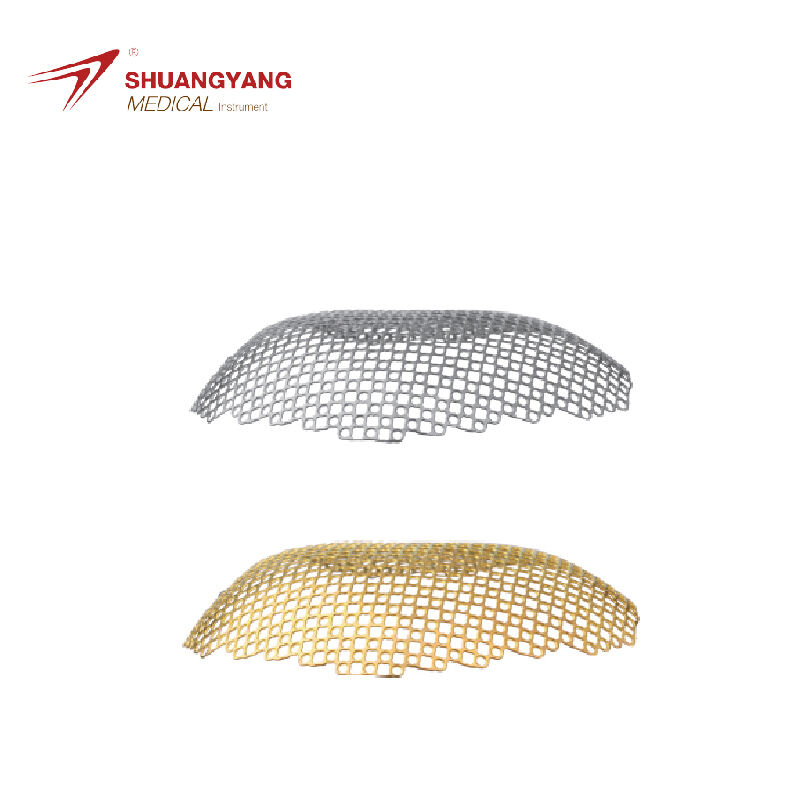tibia intramedullary nail
The tibia intramedullary nail is a medical device designed to stabilize fractures of the tibia, the shinbone. Its main function is to provide internal support that facilitates proper alignment and healing. Technological features include a hollow, cylindrical design made from medical-grade materials that resist corrosion and minimize the risk of infection. This nail is inserted into the medullary cavity of the tibia through a small incision, reducing the surgical invasiveness and the patient's recovery time. The intramedullary nail's applications range from simple to complex tibial fractures, including those that involve the ankle or knee joints, making it a versatile option in orthopedic trauma care.
 EN
EN
 FR
FR
 ES
ES
 AR
AR




